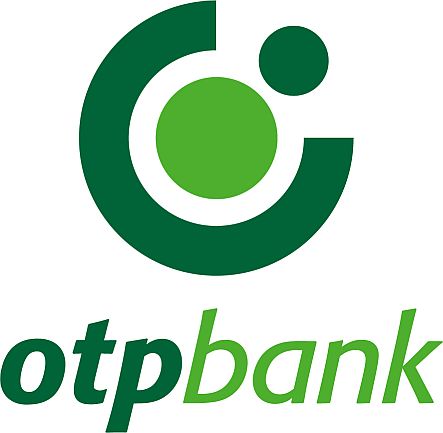Theme
The decade of the 1990s was marked by the transition to market economy and reentry to the global economy for countries in the region of Central and Eastern Europe (CEE). Some IB academics reckoned then that foreign direct investment (FDI) could have a crucial role in that. They were right and FDI, that far insignificant in the region, has played a dominant role.
In the first decade of the 2000s several countries in region were still considered as emerging markets. Both FDI and export figures per capita were outstanding globally. The CEE region became both host and home region of MNEs as Deloitte CEE TOP 500 rankings show. Several countries accessed the European Union, and it is already their 10th membership anniversary in 2014. Their EU membership brought new dynamism and raised new challenges both to the EU and their governments.
The global recession since 2008 exposed further challenges for both the countries and the region in the global economy. It is proposed that the CEE region and its countries are no longer seen as emerging markets since the second decade of the 2000s. As McKinsey Global Institute stated in December 2013 a new growth model is needed to reignite growth and return back the pre-crises economic growth rates in the region.
Some scholars assume that research findings in IB and competitiveness may deserve more attention to contribute to that. It is perceived that there are several commonalities among countries behind the regional macro picture. They deserve systemic exposure, further research, and cooperation to have a better understanding and a clearer overview on it.





